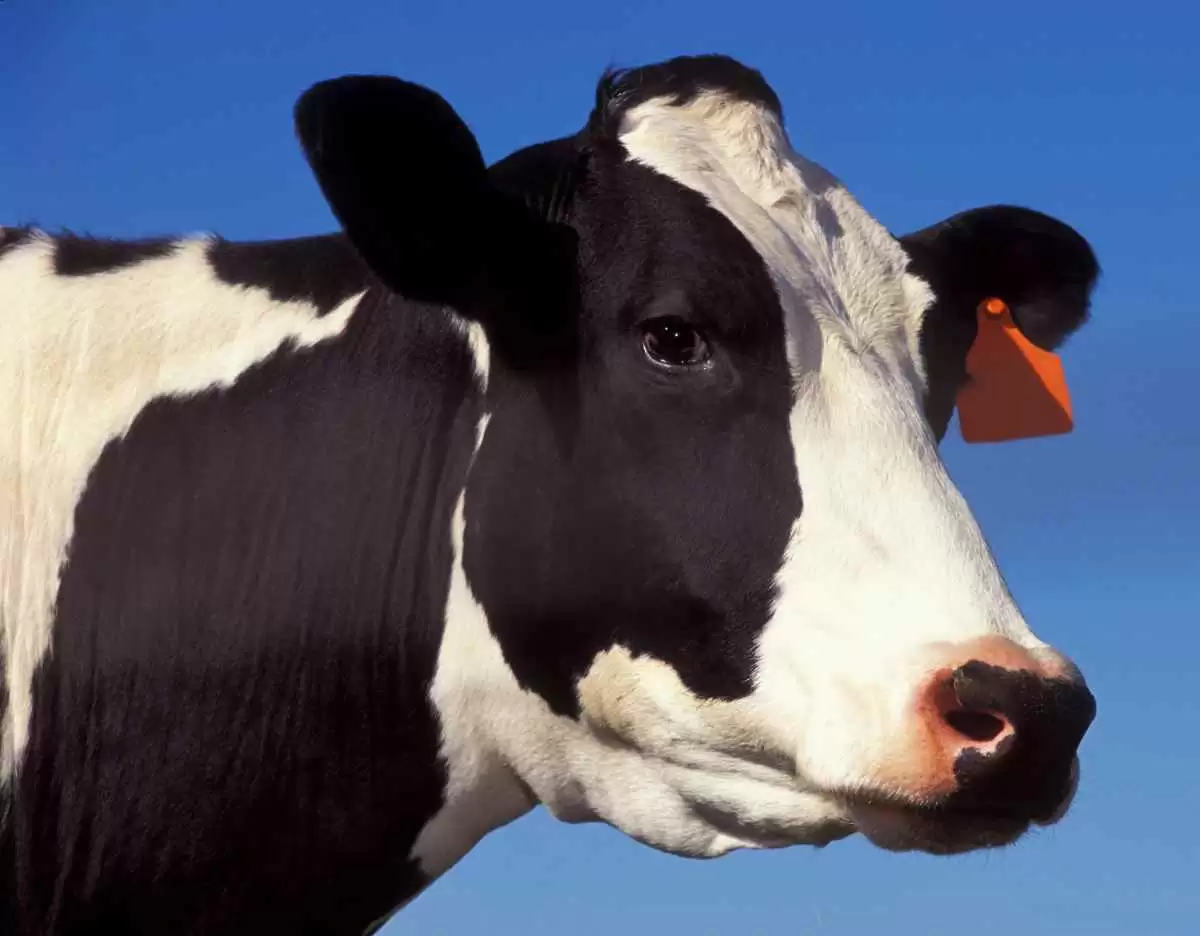
Celiac.com 08/27/2022 - Just as “bovine spongiform encephalopathy,” better known as mad cow disease, is thought to be the result of feeding infected animal parts to cattle, gluten sensitivity, dermatitis herpetiformis, celiac disease, and a host of autoimmune diseases are the result of feeding grains to humans. Cattle are better equipped to eat grains and we are better equipped to eat meats. And when we step outside the food sources that shaped our evolution, we can expect some problems––sometimes very serious problems.
Let’s start by comparing human and ruminant digestive processes. Cows, for instance, have a stomach that is divided into four chambers. When grazing, cattle eat large quantities of food. They mix it with saliva and form it into boluses that they can swallow. After these boluses have been “worked on” by the micro-organisms in the first and second chambers of their four-part stomach, cattle regurgitate and chew them further, preparing them for return to the cow’s stomach where much of this feed may remain for up to 5 days of further digestion. In the final chamber of the stomach acids are secreted to aid further digestion.
Celiac.com Sponsor (A12):
Cattle spend more than 12 hours a day chewing their food. They produce more than five gallons of saliva every day, and they even utilize fermentation as part of their digestive process. The size of their digestive tracts is disproportionately large compared to that of a human. Although many infectious agents can gain entry with feed, the cow relies on the competitive advantage enjoyed by the friendly bacteria in their intestines. By comparison, humans process food very rapidly, typically taking less than 24 hours of transit time, from mouth to anus. We have only one chamber in the stomach and a comparatively short digestive tract. Our digestive tract is the site of a large number and variety of immune processes aimed at protecting us from invading microbes.
About 10,000 years ago, humans began a dietary experiment. They started eating grains in enough quantity to warrant cultivation. Nobody knew, back then, what caused sickness or dental cavities, or even what caused people to be shorter or taller. It was not until Twentieth Century that archaeologists made the connection that we began to realize that wherever grains were cultivated, within a generation or two, people became shorter by 5 or 6 inches, they also developed considerable dental cavities and bone disease.
Because the remains are only skeletal, we can’t really tell what other diseases most early farmers suffered. However, archaeologists and other scientists have reported a host of evidence from Egyptian mummies indicating that this grain-dominated culture experienced considerable cardio-vascular and autoimmune disease. We also know that hunter-gatherers who consume no grains show little or no signs of such diseases.
At the October, 2003 CSA/USA conference in Buffalo, Dr. Martin Kagnoff mentioned that we humans simply do not make the digestive enzymes necessary to fully digest some of the proteins found in gluten-containing grains. Just as we have been coming to realize the fallacy of dietary recommendations that encourage humans to eat grains, we have developed some other problematic economies in our food supply. For a variety of reasons, we started feeding cattle dietary protein that was largely made from the waste products of butchering other cattle. It is difficult to imagine a more effective means of communicating disease from one animal to the next.
Recently outlawed, this practice has been altered. Now, it is perfectly acceptable to feed animal parts from poultry and other species of slaughtered animals, but we are no longer allowed to feed cattle animal proteins from other cattle because it might contain the toxic prions that are implicated in Mad Cow disease.
As a consumer of beef, I am appalled at the foolishness of these “adjustments” in feeding practices for cattle. As a celiac, I am equally appalled by the continued practice of advising humans to eat enormous quantities of grains. Look at any of the food guides published by various governments of industrialized nations. No part that I can see is of, by, and for the people. Just as humans are not well equipped to eat grains, cows are ill equipped to eat meats. The first priority of our food scientists, producers, and our government eating guides, should be the good health of the general population.









Recommended Comments
There are no comments to display.
Create an account or sign in to comment
You need to be a member in order to leave a comment
Create an account
Sign up for a new account in our community. It's easy!
Register a new accountSign in
Already have an account? Sign in here.
Sign In Now